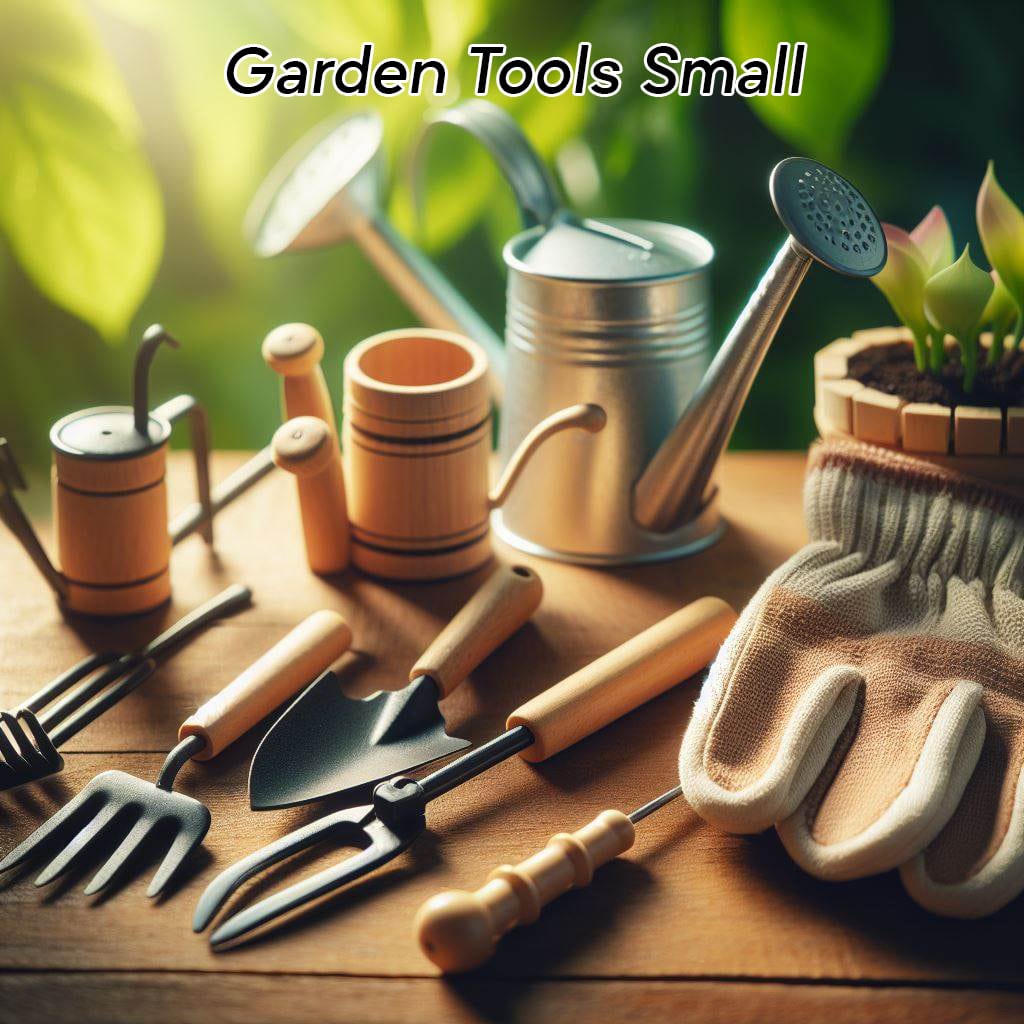why are the leaves on my christmas cactus limp?
| Common Name(s) | Christmas cactus, holiday cactus, crab cactus |
| Scientific Name | Schlumbergera x buckleyi, sometimes also Schlumbergera truncata |
| Family | Cactaceae |
| Height and Spread | Shrubby, up to 24 inches tall and 3+ feet wide |
| Light | Bright indirect |
| Soil Type | Bromeliad soil |
| Water | Keep lightly moist |
The Christmas and Thanksgiving cactus are known for their low-maintenance, easy-to-care-for houseplants with vibrant flowers. However, when leaves appear limp and wilted, it’s a warning sign that something is off-kilter in the growing conditions. Identifying and correcting the issue early is crucial for the plant’s longevity.
The five most common reasons for a Christmas cactus having limp leaves include:
Overwatering
The Christmas cactus, an epiphyte with a delicate root system above the ground, thrives in its natural habitat with excellent drainage. However, when grown in a pot, the soil can become waterlogged and soggy, leading to limp leaves if the plant is given more water than it can absorb.
Limp leaves indicate underwatering, but it’s not clear from the leaves alone. Inspect the soil for signs of overwatering. If it feels wet, the plant has been overwatered.
The next steps for resolving overwatering depend on the duration and drainage of the soil, as prolonged overwatering can cause root and stem rot, regardless of the soil’s drainage.
Lift the cactus and check its roots for signs of softness and rotting. If overwatering was temporary, return the plant to the pot with large drainage holes. If not, switch to another pot. Wait a few days before resuming the watering routine and adjust it to prevent overwatering.
To prevent dense potting mix in older Christmas cactus, replace it with fresh, airy, fast-draining soil, or mix 60-80% regular potting mix with 40-20% perlite, as older plants may experience compacted roots over time.

Underwatering
Limp leaves are a common issue in plants due to inadequate watering. The top 2 inches of soil should dry between watering, but if the soil is bone dry to the bottom, the leaves become limp, indicating severe water deficiency.
The Christmas cactus, a tropical plant, requires more water than other cacti due to its tropical climate and growing stage. Watering frequency depends on temperature and the plant’s stage. Winter watering is sufficient, while summer watering is needed. To ensure proper watering, check soil moisture and water slowly and thoroughly until water drips out of drainage holes. Watering should be done in a cool room during winter and two to three times per week during summer.
Too Much Sunlight
Summer sunlight causes leaves to become limp, so move the plant to partial shade or bright indirect light for recovery. Holiday cacti can tolerate full sunlight better in fall and winter.
Lack of Humidity
Dry air, particularly in heated homes or offices, can cause limp foliage in the native habitat of the Christmas cactus in Brazil, which draws moisture from the air. Low humidity conditions cause leaves to shrivel, drop, and fail to set flowers.
To maintain a healthy plant without a humidifier, mist it twice daily or place it on a tray of damp aquarium gravel.
Rootbound
The Christmas cactus, a long-lived plant, may become rootbound if not repotted every three years. This occurs when the cactus’ crisscrossing roots struggle to absorb water and nutrients, leading to limp leaves and a struggle to absorb nutrients. To prevent this, avoid overwatering, underwatering, excessive sunlight, and low indoor humidity.
After repotting your holiday cactus in a larger pot with fresh cactus soil, the foliage should recover soon.
Can Christmas cactus be outside in summer?
Reviving a Limp Christmas Cactus
To revive a limp Christmas cactus, gently remove as much soil as possible from the pot and mix your own soil for repotting. Use a good quality potting soil with two parts potting soil to one part sand or vermiculite, ensuring sharp drainage. Even if the soil is not soggy, repotting may be the solution. Moving the plant to a slightly larger container with fresh soil every few years helps avoid future issues.
Read more: “Are eggshells good for Christmas cactus?“
FUNGAL OR DISEASE PROBLEMS
Holiday cactuses are generally resilient and not susceptible to many diseases, but they can be affected by a few fungal or disease issues.
HOLIDAY CACTUS STEM ROT
Looks like: soft brown watery spots on the stem of the plant, usually near the base.
Caused by: It is usually caused by cool, damp soil from overwatering.
Solution: Stem rot is very difficult to treat, and usually, your best bet is to start a new plant from healthy leaf cuttings. If you want to try to save the mother plant, take some cuttings first and start them in a new pot, just in case. Then, try to cut out the rotted piece of stem. Make sure you get all the rotted squishy brown bits out. If you don’t, it will only spread and kill the plant. There’s a good chance it will die anyway, even if you manage to cut out the rot.
HOLIDAY CACTUS ROOT ROT
Looks like: wilting leaves, soggy soil, black or reddish spots, or brown leaves.
Caused by: overwatering
Solution: if you suspect root rot, the best bet is to immediately remove the cactus from its pot, rinse the soil off the roots, and cut off any chunks of roots that are squishy and rotten. Then, repot in barely moist soil in a clean pot with drainage holes. Make sure to use cactus soil and reduce watering frequency. Don’t water until the soil is dry, and remove any excess water from the drip tray half an hour after watering.
Both stem rot and root rot are fungal problems, but fungicides aren’t usually effective. You’d need to be able to identify the exact pathogen causing the fungal problem to choose the right fungicide, and it’s easier and faster to repot or start new plants in clean soil and pots.
BOTRYTIS BLIGHT, OR GRAY MOLD
Looks like: a silvery gray fungus or spots of mold all over the leaves
Caused by: Botrytis blight is a fungal infection. It thrives on decaying foliage and spreads as spores. Very high humidity and getting the leaves wet makes a plant more susceptible.
Solution: plants with Botrytis blight should be discarded and destroyed immediately. Make sure to sanitize the pot with bleach if you intend to reuse it. You can help prevent Botrytis blight by improving ventilation and air circulation.
NECROTIC SPOT VIRUS
Looks like: yellow spots on wilted leaves and stems.
Caused by: infected trips.
Solution: isolate your plant and use an appropriate insecticide to deal with trips. Purchase new soil, and repot your plant in a clean pot. Discard the soil in your garbage bin, tied shut in a black bag. If you want to use the pot again, make sure you sanitize it with bleach.
NON-DISEASE PROBLEMS
Holiday cactuses may face non-disease-related issues, which can be resolved by adjusting their environment or providing proper care.
LIMP OR WILTING CHRISTMAS CACTUS
If your Christmas cactus is wilting or limp, it could be due to three issues: too wet, too dry, or too rootbound. To determine the problem, feel the soil and use the elimination process. If the soil is damp, let it dry before watering again. If it is saturated, remove it and repot it into dryer soil to prevent root or stem rot. If the soil is dry, water and watch for a few days. If the cactus doesn’t improve after watering, it may be root-bound. Holiday cacti like to be root-bound, but they eventually become too constricted to stay healthy. If the plant wilts again or doesn’t improve after watering, repot it into a new pot with a larger drainage hole with cactus soil.
CHRISTMAS CACTUS LEAVES TURNING RED OR PINK
If your Christmas cactus turns red or pink, it may be getting too much sun or not getting enough water. Move it away from direct sunlight and check the soil for dryness. If it feels dry to the touch, water more frequently. If the cactus is near a window, move it back.
CHRISTMAS CACTUS WON’T BLOOM
To encourage your Christmas cactus to bloom in time for Christmas, follow these steps:
1. Reduce watering in mid-October to only water when the soil is dry to about 1 inch deep.
2. Keep the temperature cool between 50-60ºF.
3. Keep the plant in indirect light during the day and 12-14 hours of darkness at night for 6-8 weeks.
4. Close blinds at night if there is still ambient light. If there is still light, gently cover the plant with dark cloth or bag. If using a blanket or sheet, place a frame around the plant to prevent breakage.
5. Once flower buds start to form, stop covering the plant at night.
6. When buds start to open, return to watering when the soil surface feels dry. Remember, the older a Christmas cactus is, the more likely it is to bloom.
How to grow Christmas cactus from cuttings in water?
CHRISTMAS CACTUS DROPPING FLOWER BUDS
If your Christmas cactus loses all its flower buds before blooming, it may be due to changes in light, humidity, temperature, overwatering, or relocation. If you moved your cactus, be patient as they prefer to be left alone and eventually create new buds and flowers. Overwatering may cause buds to drop, so leave the soil damp before watering and repot it into barely moist soil to prevent root rot. If humidity changes suddenly, your cactus may need more humidity, so run a humidifier or place it on a pebble tray. Eventually, your cactus should be able to create new buds and flowers again.











